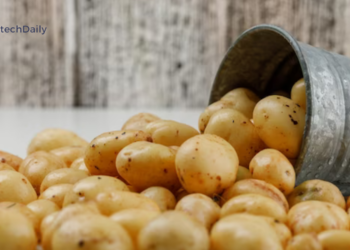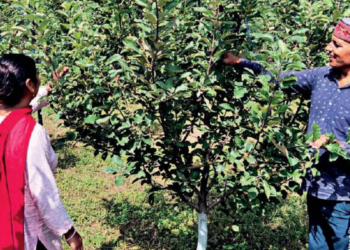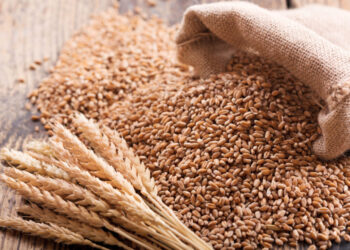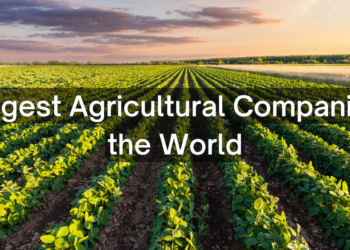TAD NewsDesk, New York: The American Farmland Trust recently came up with an agricultural tool to help farmers keep track of Greenhouse emissions; the web-based tool is called CaRPE Tool. It calculates the depreciation of emissions due to the use of farmland and grazing land handling habits. A farmer can calculate the specific effect of critical regenerative patterns; then determine how much more carbon can be seized if these practices were implemented on a broader scale, keeping in mind individual states’ resources.
The CaRPE Tool helps make the utility of the statistics provided by COMET- Planner more viable by adding to it the cropland and grazing land statistics from the 2017 Census of Agriculture. The state decisionmakers, Soil and Water Conservation District Planners, state and federal conservation agencies, land managers and NGOs will collect the statistics and draw maps to support hem in obtaining maximum climate advantages from husbandry management.
As per Dr Jen Moore- Kucera, director of the AFT climate initiative,
“In 2018, the Intergovernmental Panel on Climate Change stated that we must harness natural solutions if we are going to have any chance to reach the goals of the 2015 Paris Climate Accord. Agriculture is a powerful natural solution,”
She adds,
“A key first step in developing policies and programs to support the positive role that agriculture can play in climate mitigation is to determine which practices offer the greatest net reduction in GHGs and how that plays out spatially across the U.S. The CaRPE Tool does that.”
According to specific calculations, almost one-third of the carbon in the environment can remit to the soil if one zealously adopts regenerative farming techniques across the globe. Especially the US, which contains almost 10 per cent of the world’s cultivable land, can help make a substantial difference.
As soon as one starts extracting carbon from the air and begins collecting it in a cultivable stable, climate change becomes more achievable via a constantly acquirable, cheap and a well-corroborated manner. Additionally, there is no other method of bringing about climate change that provides many other benefits such as food security, flood control, water filtration, and habitations for wildlife and biodiversity.
Even if one adopts a minimum of two regenerative habits, like the cover crops and no-till, one can curb the production of greenhouse gases by 148 million metric tonnes of carbon dioxide substitutes, or CO2e each year, as evidenced by Moore- Kucera in front of the Congress in October 2019. Its complete adoption would make a drop of 294 million tonnes which is the equivalent of minimising 62.4 million cars from the roads.
As per a practical test of the Tool, Dr Moore- Kucera concentrated on the Midwest and discovered that there is a possibility to trap 12.5 million tonnes of carbon just by maximising the cover crops from the current 5 per cent of cropland to 34 per cent. No-till and less till had shown a drop rate of 71 per cent previously in these states, resulting in the reduction of GHGs around 27 to 32 million metric tonnes of carbon dioxide.
If used together, the cover crops assist in adding carbon to the soil and no-till protects the added carbon. Development structures address all “four principles of solid health” and maximise nutrient, water and pest management turn out in processes that are environmentally strong and commercially successful.
The implementation of thirty per cent cover drops is entirely possible. In New England, the cover crop is at 22 per cent and increasing as we speak. The state will be able to cut down an added 27,000 metric tonnes of CO2e just by using an extra 25 per cent of cropland for a cover crop. In opposition to the Midwest, New England has only 45 per cent of land in reduced till or no-till management. GHGs will be minimised by an extra 40,000 metric tonnes of CO2e just by multiplying the land changing from till to no-till.
The CaRPE tool was developed in association with Dr Daniel Manter, USDA- ARS Soil Scientist and partly funded by The Nature Conservancy, The Ida and Robert Gordon Family Foundation, and members of American Farmland Trust. The information generated from AFT’s tool assisted in the expansion of The Nature Conservancy’s Nature4Cilmate initiative.
The CaRPE tool is a welcome development in the agriculture periphery of the country and will help the farmers with cultivation all the while helping make sustainable changes in the environment.











